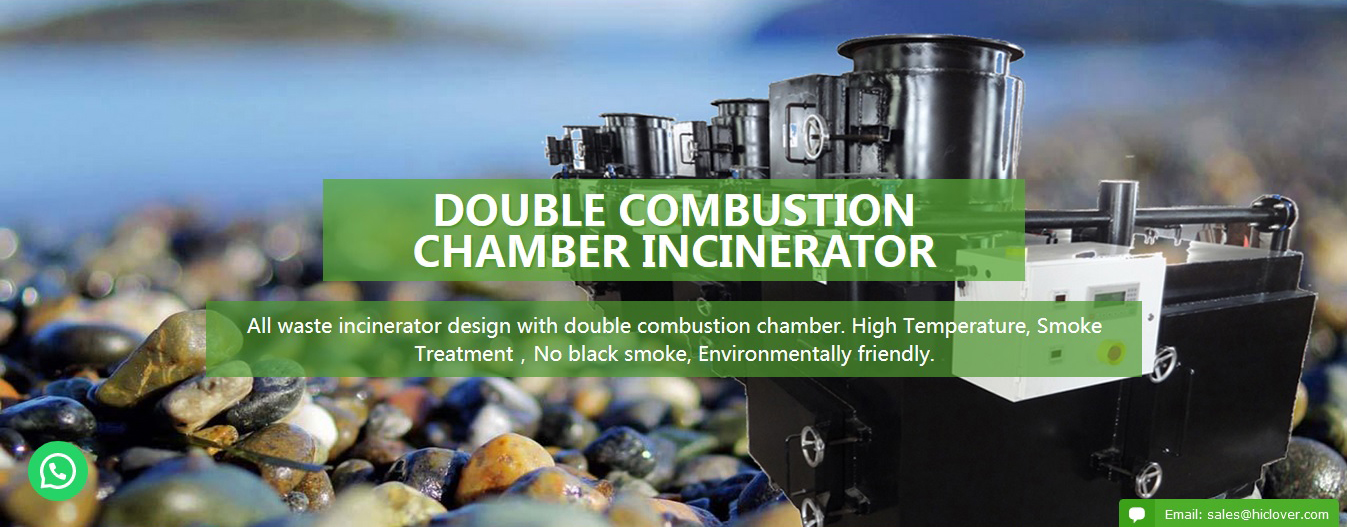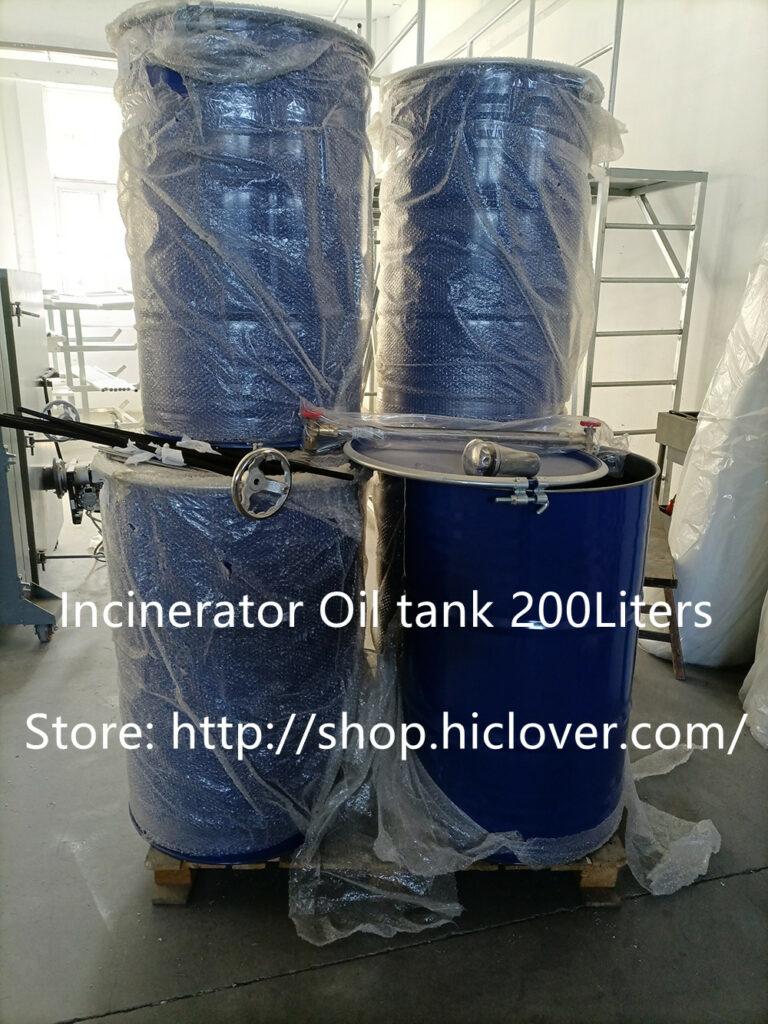The future of waste management is taking a giant leap forward with the development of modern incinerator facilities that are designed to not only efficiently dispose of waste but also to incorporate innovative and sustainable features. These new designs offer a glimpse into a future where waste is no longer a burden on the environment, but rather a resource that can be harnessed for energy and materials.
One such innovative design is the waste-to-energy facility in Copenhagen, Denmark, known as Amager Bakke. This state-of-the-art incinerator facility is a shining example of how waste management can be transformed into a sustainable and environmentally friendly process. The facility is equipped with a ski slope on its roof, providing a recreational space for the community while also capturing the attention of visitors and locals alike.
In addition to its unique and visually striking design, Amager Bakke incorporates cutting-edge technology to efficiently burn waste and generate energy. The facility is capable of converting waste into electricity and district heating, effectively turning trash into a valuable resource. This approach not only reduces the amount of waste sent to landfills but also provides a sustainable source of energy for the surrounding area.
Another example of a modern incinerator facility that represents the future of waste management is the waste-to-energy plant in Shenzhen, China. This facility is not only designed to incinerate waste but also to recover valuable materials from the process. Through advanced sorting and recycling technologies, the plant is able to recover metals, glass, and other materials from the waste stream, reducing the need for raw materials and minimizing environmental impact.
The design of these modern incinerator facilities is also focused on minimizing emissions and ensuring environmentally responsible operations. This includes the use of advanced air pollution control systems to capture and treat harmful gases and particulates released during the incineration process. By employing these technologies, the facilities are able to meet stringent environmental standards and contribute to cleaner air and a healthier environment for surrounding communities.
As cities and communities around the world grapple with the challenges of managing growing amounts of waste, these modern incinerator facilities offer a promising solution that goes beyond traditional waste disposal methods. By combining energy generation, material recovery, and sustainable design, these facilities are leading the way towards a more circular and sustainable approach to waste management.
The success of these modern incinerator facilities also highlights the potential for waste management to be transformed into a profitable and sustainable industry. By viewing waste as a valuable resource rather than a problem to be disposed of, these facilities are demonstrating the potential for a more efficient and environmentally friendly approach to waste management.
In conclusion, the innovative designs and technologies incorporated into modern incinerator facilities offer a glimpse into a future where waste is no longer a burden on the environment but a valuable resource that can be leveraged for energy and materials. As these facilities continue to evolve and become more widespread, they have the potential to revolutionize waste management, paving the way for a more sustainable and environmentally responsible approach to handling our growing waste streams.



